FM Chronology Part 3 - KPRC-FM
The Houston Post reported on October 1, 1946, that Harris County Broadcasters, owners of KXYZ, had been granted a conditional construction permit for a Class B FM station on the previous day, subject to final FCC approval of engineering conditions. On December 2nd, the same day KTHT-FM changed call letters and increased program hours and power, the Chronicle reported the FCC had issued a Construction Permit for KXYZ-FM. apparently the final permit. The story said the station would probably be on ‘early next year’ on the frequency of 96.3 mc but that was perhaps a typo; the station was to operate on 96.5 and didn’t get on the air for fourteen months.
On November 28, the Chronicle reported that Tri-Cities Broadcasting had applied for an FM for the Tri-Cities area; this was the group headed by Goose Creek Sun publisher Robert Matherne. It was also reported the FCC had as yet taken no action on the group’s application for an AM. It was to take two and a half years for this FM to get on the air.
Houston’s second FM, KPRC-FM, began broadcasting on December 24, 1946, Christmas Eve, at 3pm, with a formal dedication ceremony at 5:45. That ceremony echoed in several ways the launch of KPRC-AM 21 and a half years earlier. Alfred P. Daniel was again the first announcer on the air and master of ceremonies of the dedication. Governor William P. Hobby, who had been President of the Post-Dispatch in 1925 and was now owner of the newspaper, was also on hand, as was Houston mayor-elect Oscar F. Holcombe, who had been mayor in 1925 and had retired from public office but had come out of retirement and won another term as mayor that fall.
The plan was for all programming on KPRC-FM to be live, no transcriptions were to be used. However, repeat broadcasts of programs were to be a regular feature. The first evening’s broadcast included a performance of Charles Dicken’s ‘A Christmas Carol’ at 7pm which was to be aired again on Christmas Day. It is not clear if they were going to allow themselves to transcribe a performance like that for later re-broadcast or if it was to be performed live two times.
Originally the station operated at 99.7 megacycles, FM Channel 259, but it moved to 102.9 megacycles the last weekend of October, 1947. The permit was for 195,000 watts. Studios were located in the Lamar Hotel at Main and Walker where KPRC-AM had been situated since the early 1930s. The transmitter was on the City National Bank Building at 921 Main, on the northeast corner of Main and McKinney. Studios may have later been located on the 23rd floor of that building.
The Post started printing a daily schedule for KPRC-FM programming in a couple of days and on January 9, 1947, also started printing a daily schedule of KOPY-FM programming.
In the late 1940s and 1950, radio listings indicted KPRC-FM was the only Houston FM not simply simulcasting it’s AM sister station.
KPRC-FM was sold in 1958 and the call letters changed to KHGM-FM and then in 1959 it was moved to 99.1 mc and in 1961 the call letters changed to KODA-FM.
A list of FM stations on the air as of January 20, 1947, from Broadcasting-Telecasting magazine showed the following in Texas, all of which must have signed on in late 1946 or very early 1947:
KERA A. H. Belo Corp. (WFAA), Dallas 94.3
KOPY Texas Star B/c Co. (KTHT), Houston 98.5
KPRC-FM Houston Printing Corp. (KPRC), Houston 99.7
KISS Walmac Co. (KMAC), San Antonio 100.1
KYFM Express Pub. Co., San Antonio 101.5
WOAI-FM Southland Industries (WOAI), San Antonio 102.3
KCMC-FM KCMC Inc. (KCMC), Texarkana 92.5
KTRN Times Pub. Co. of Wichita Falls, Wichita Falls 97.7
The Wichita Falls station had received a CP as of June, 1946, but that sort of information for the others is not available on line.
In the 1940 Census, Houston had ranked as the 21st largest city in the nation. By 1946, it was estimated to have risen to #17 and by the 1950 Census it would be the 14th largest. At the start of 1947 there were just six radio stations on the air here, 4 AM and 2 FM. Over the next 2 years, however, 4 more AMs, 2 more FMs and the first TV station would come on the air, plus a host of stations in surburban towns and cities.



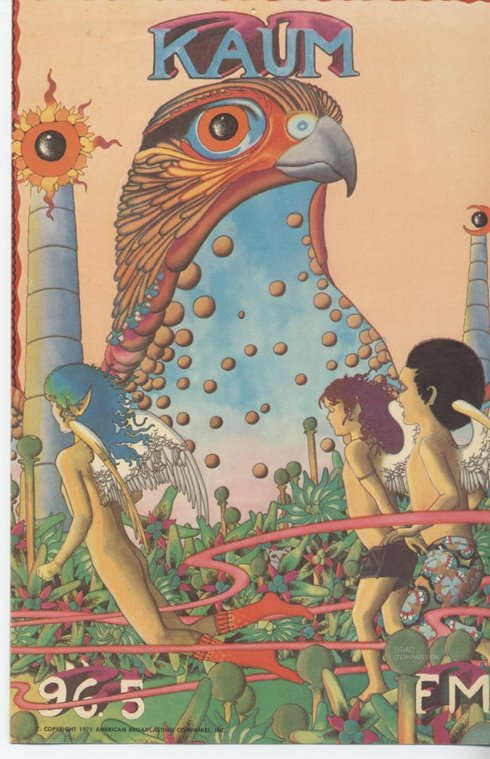
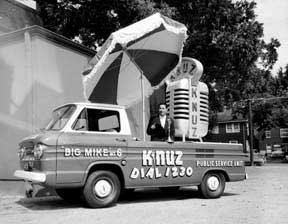


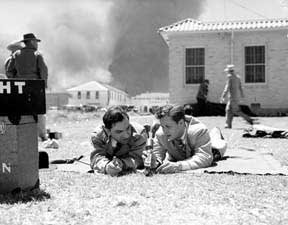
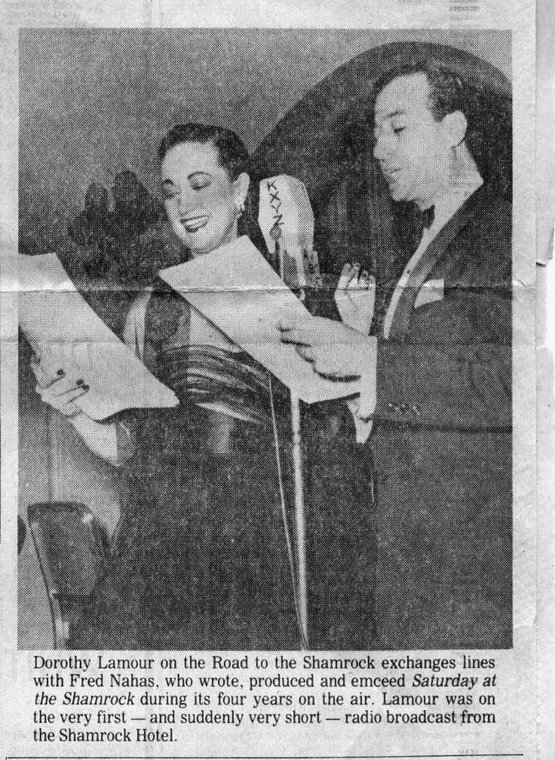
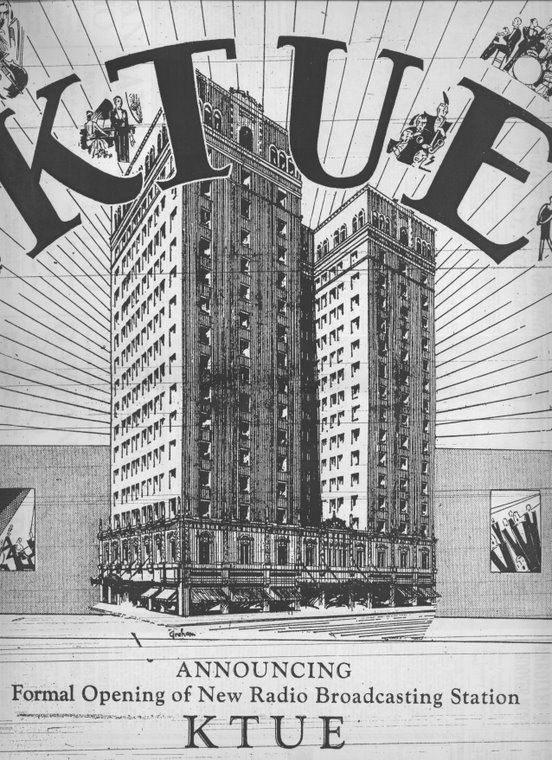
No comments:
Post a Comment